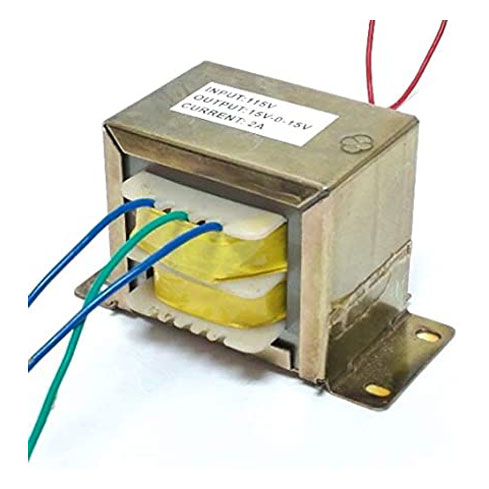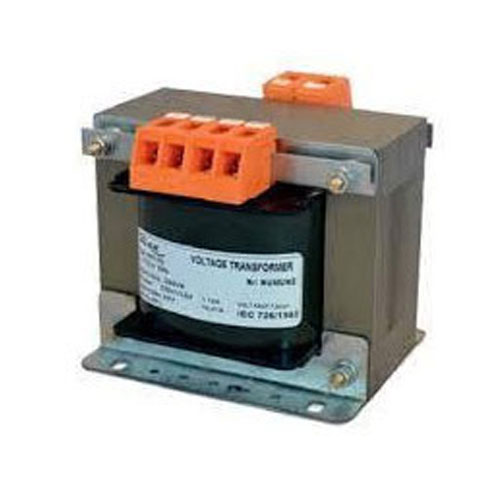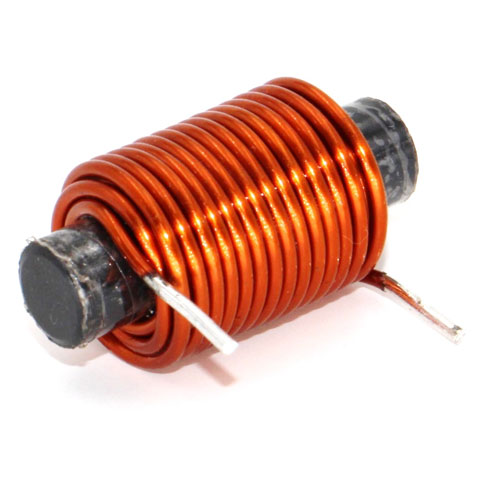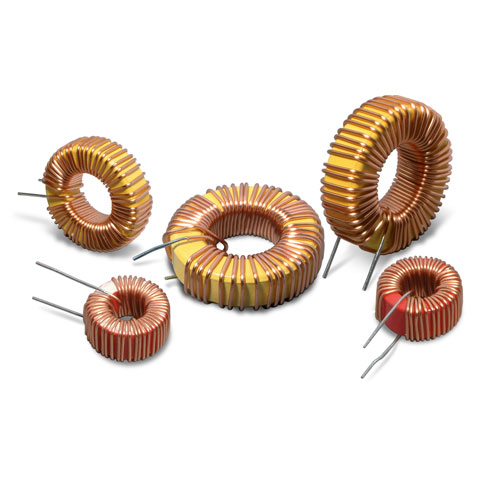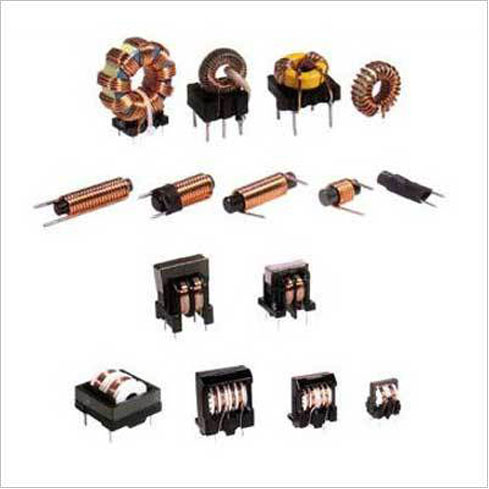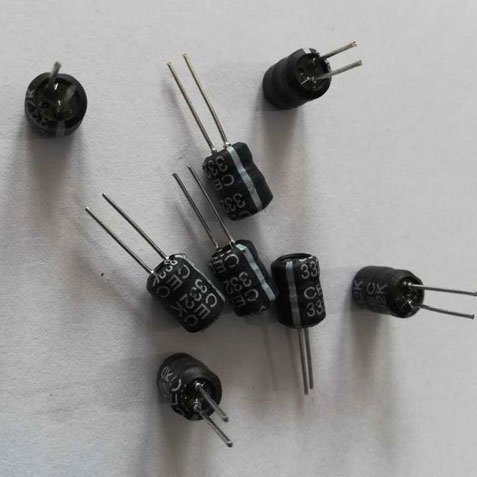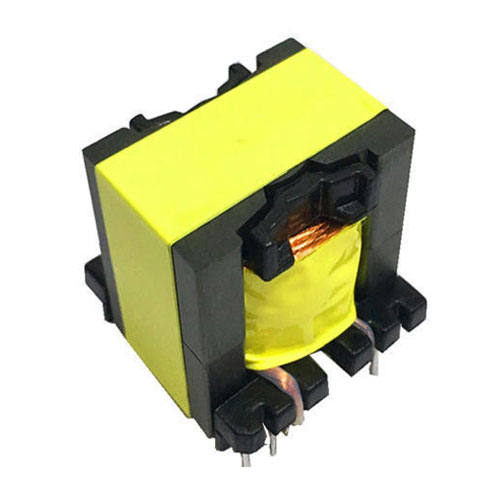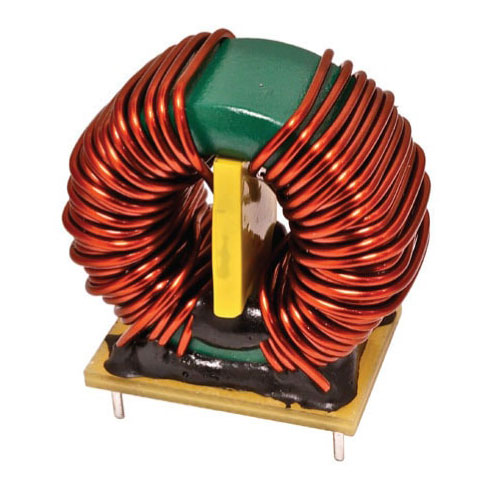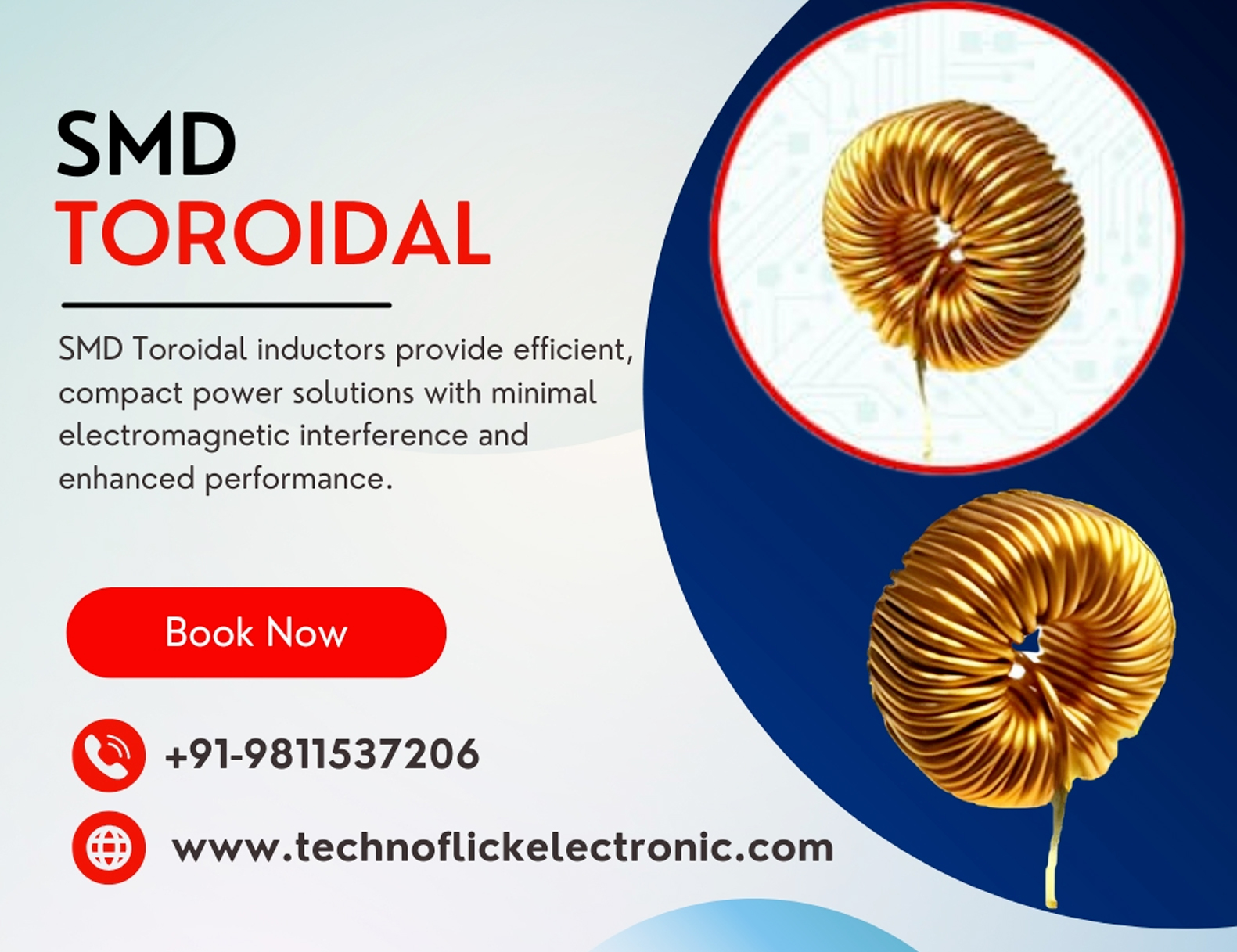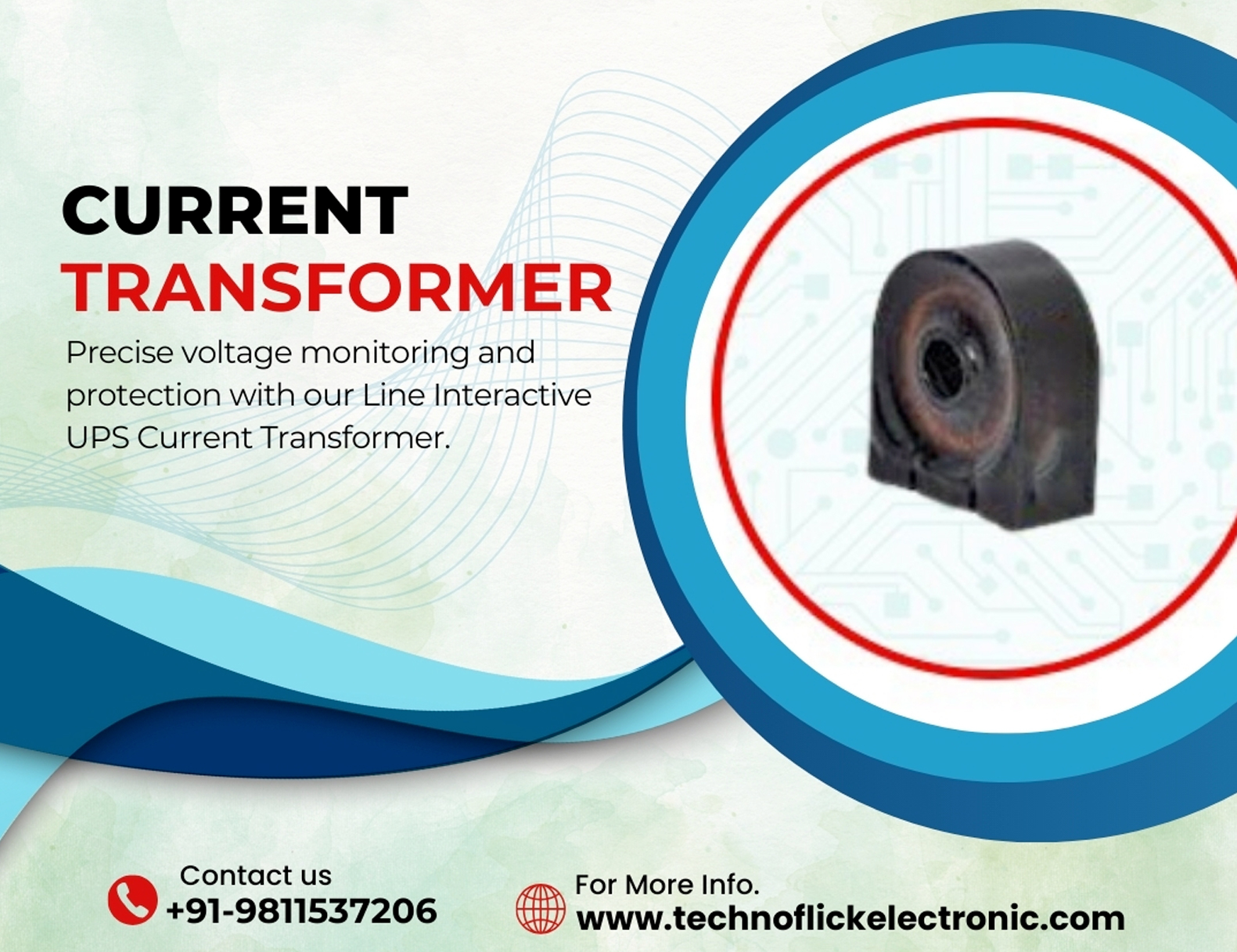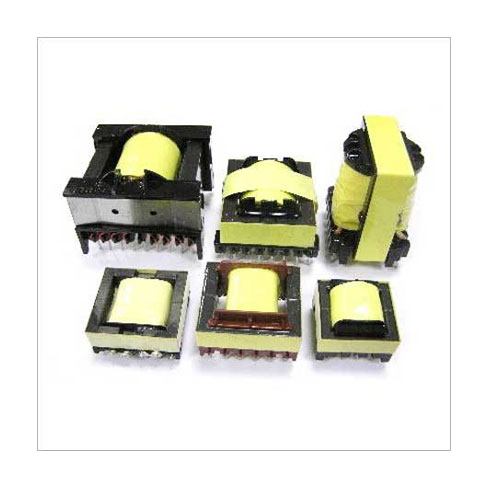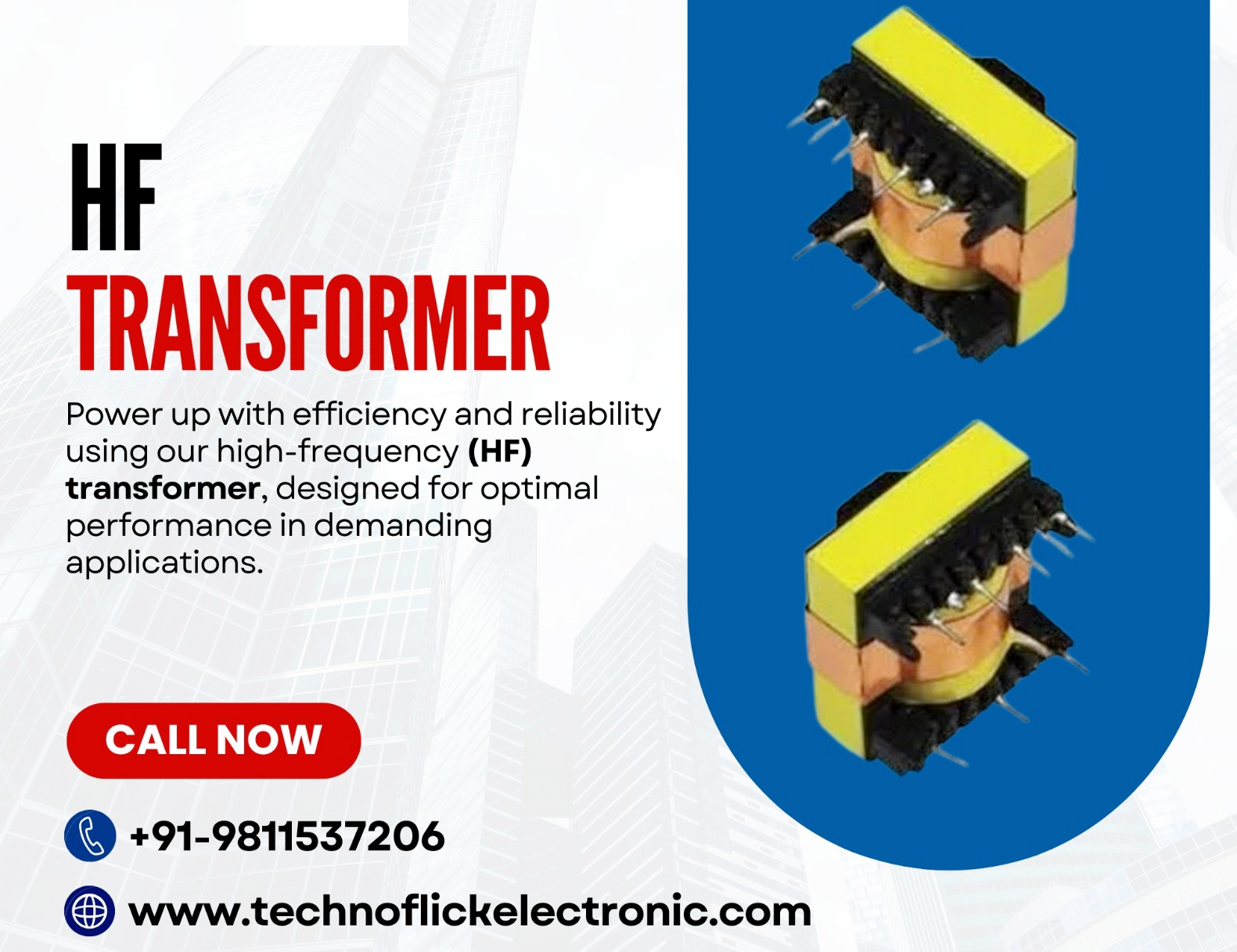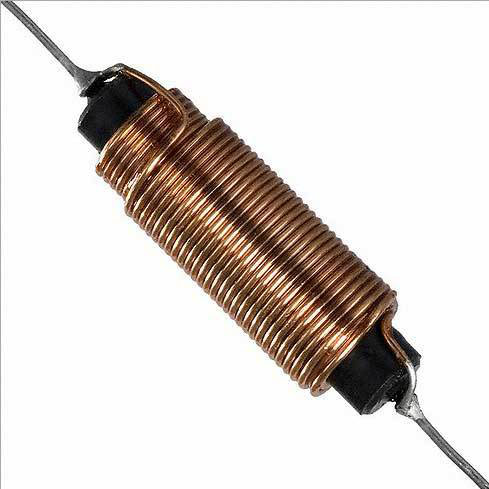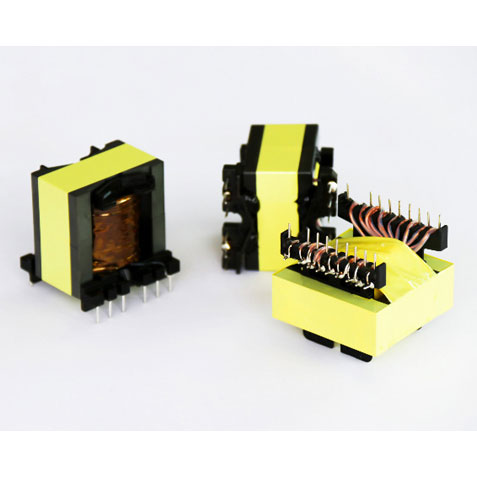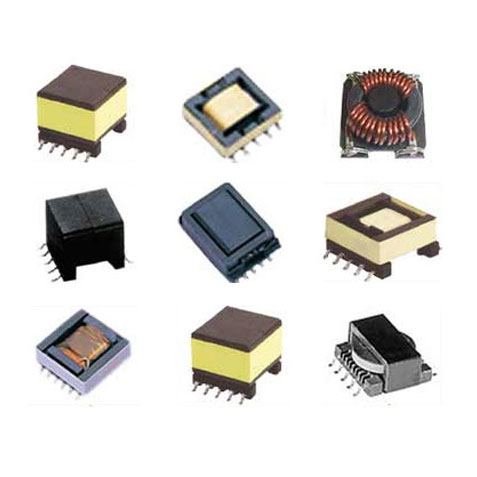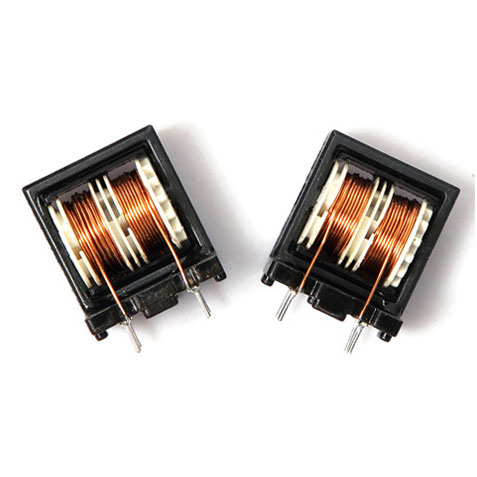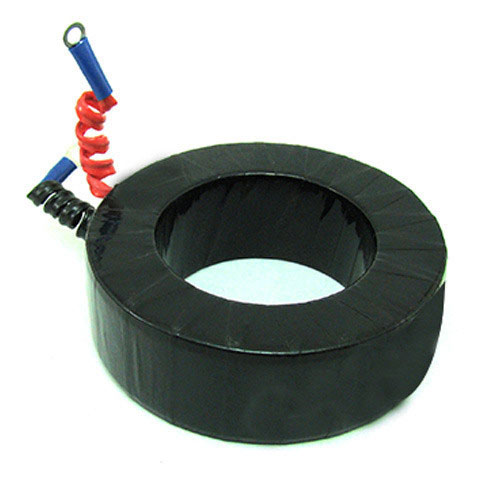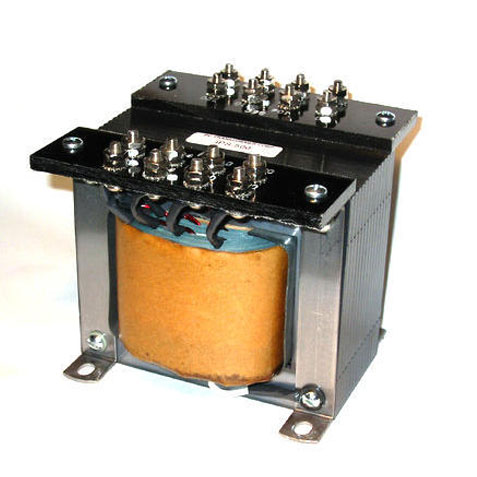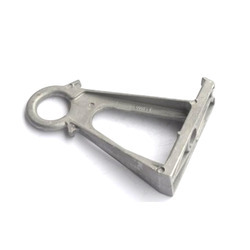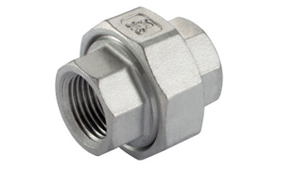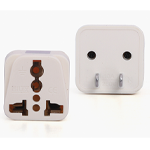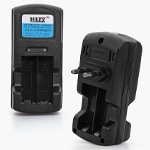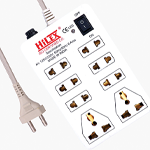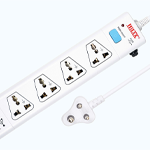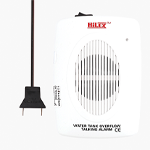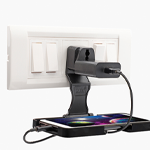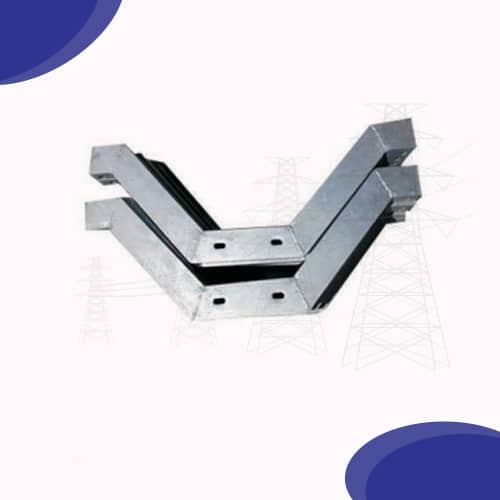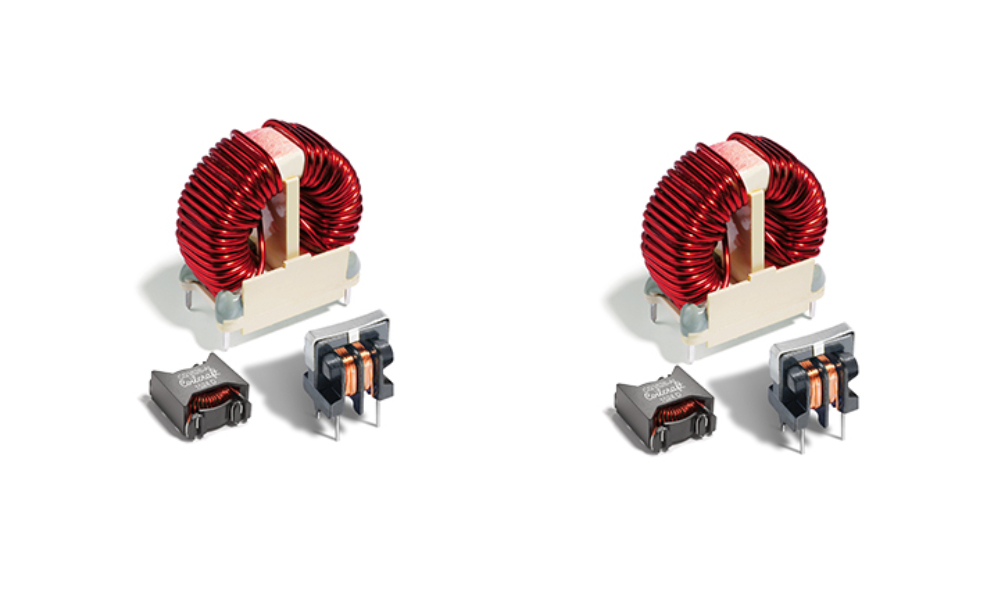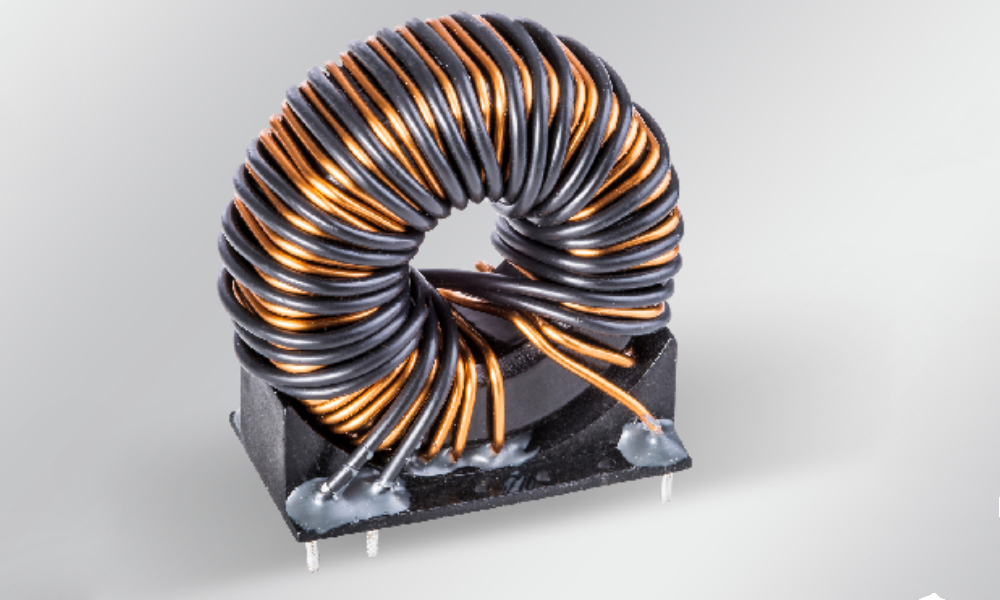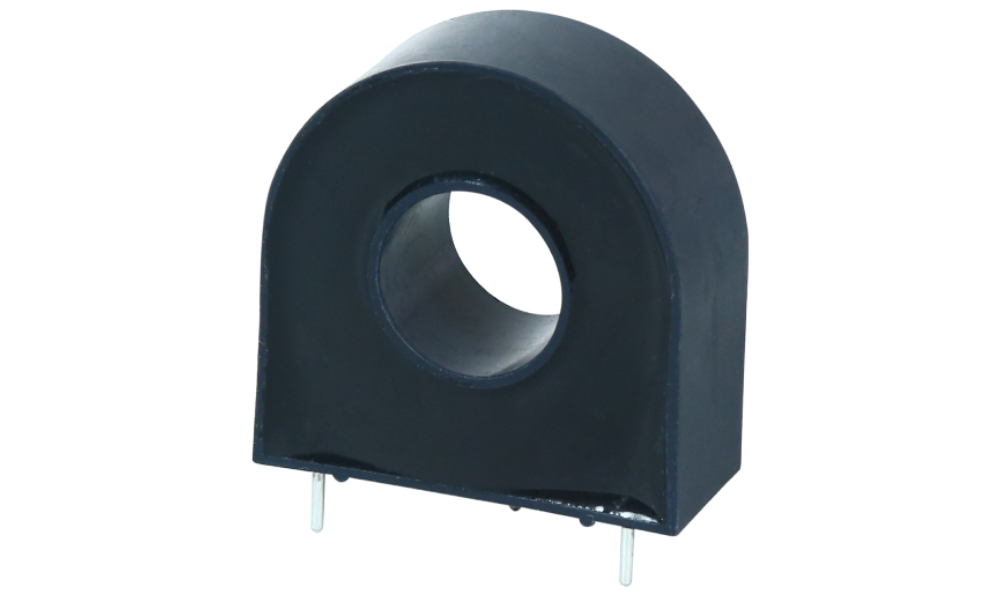Drum Coil Inductor

Drum Coil Inductor
Other Fittings Components
Drum Coil Inductors: Precision Components for Advanced Electronics
Drum Coil Inductors are integral to modern electronic systems, offering efficient energy storage and magnetic field generation. Their unique design and functionality make them essential in various applications, including power supplies, signal processing, and electromagnetic interference (EMI) filtering.
Design and Construction
The distinctive feature of Drum Coil Inductors is their construction: a coil wound directly onto a ferrite core shaped like a drum or spool. This configuration allows for a compact design, making them ideal for space-constrained applications. The ferrite core enhances magnetic permeability, improving inductance and overall performance.
Key Features
- High Efficiency: Designed to minimize energy losses, ensuring efficient power conversion and reduced heat generation.
- Compact Design: Optimized for space-constrained environments, these inductors are engineered to be compact without compromising performance.
- Electrical Isolation: Provides galvanic isolation between primary and secondary windings, enhancing safety and protecting sensitive components.
- Wide Frequency Response: Capable of operating effectively across a broad frequency range, making them versatile for various applications.
Applications
Drum Coil Inductors are utilized in numerous applications, including:
- Power Supplies: Essential for voltage regulation and power conversion in switch-mode power supplies (SMPS).
- Signal Processing: Used in RF circuits for signal modulation and demodulation.
- EMI Filtering: Helps in reducing electromagnetic interference in electronic devices.
- Energy Conversion Systems: Facilitates efficient power conversion in renewable energy applications.
Manufacturing Excellence
At TechnoFlick Electronics, we specialize in the design and manufacture of high-quality Drum Coil Inductors. Our products are crafted using advanced materials and state-of-the-art manufacturing processes to ensure optimal performance and reliability. Each inductor undergoes rigorous testing to meet international standards and client specifications.
Why Choose TechnoFlick Electronics?
- Expertise: A team of experienced engineers dedicated to delivering innovative solutions.
- Customization: Tailored products to meet unique application requirements.
- Customer Satisfaction: A commitment to exceeding client expectations through quality and service.
For more information on our Drum Coil Inductors and other products, please visit our website or contact our sales team.

1 Years Ragular
Ask Price
| Price: | as per client |
|---|---|
| Unit: | 0 |
| Type: | Products |
Suggested Similar Drum Coil Inductor
Ask Price
We are one of the foremost manufacturers of premium
Ask Price
We are one of the foremost manufacturers of premium
Ask Price
We are one of the foremost manufacturers of premium
Ask Price
We are one of the foremost manufacturers of premium
Ask Price
We are one of the foremost manufacturers of premium
Ask Price
We are one of the foremost manufacturers of premium
Ask Price
We are one of the foremost manufacturers of premium
Ask Price
We are one of the foremost manufacturers of premium
Ask Price
We are one of the foremost manufacturers of premium
Ask Price
We are one of the foremost manufacturers of premium
Ask Price
We are one of the foremost manufacturers of premium
Ask Price
We are one of the foremost manufacturers of premium
Ask Price
We are one of the foremost manufacturers of premium
Ask Price
We are one of the foremost manufacturers of premium
Ask Price
We are one of the foremost manufacturers of premium
Ask Price
We are one of the foremost manufacturers of premium
Ask Price
We are one of the foremost manufacturers of premium
Ask Price
We are one of the foremost manufacturers of premium
Ask Price
We are one of the foremost manufacturers of premium
Ask Price
We are one of the foremost manufacturers of premium

